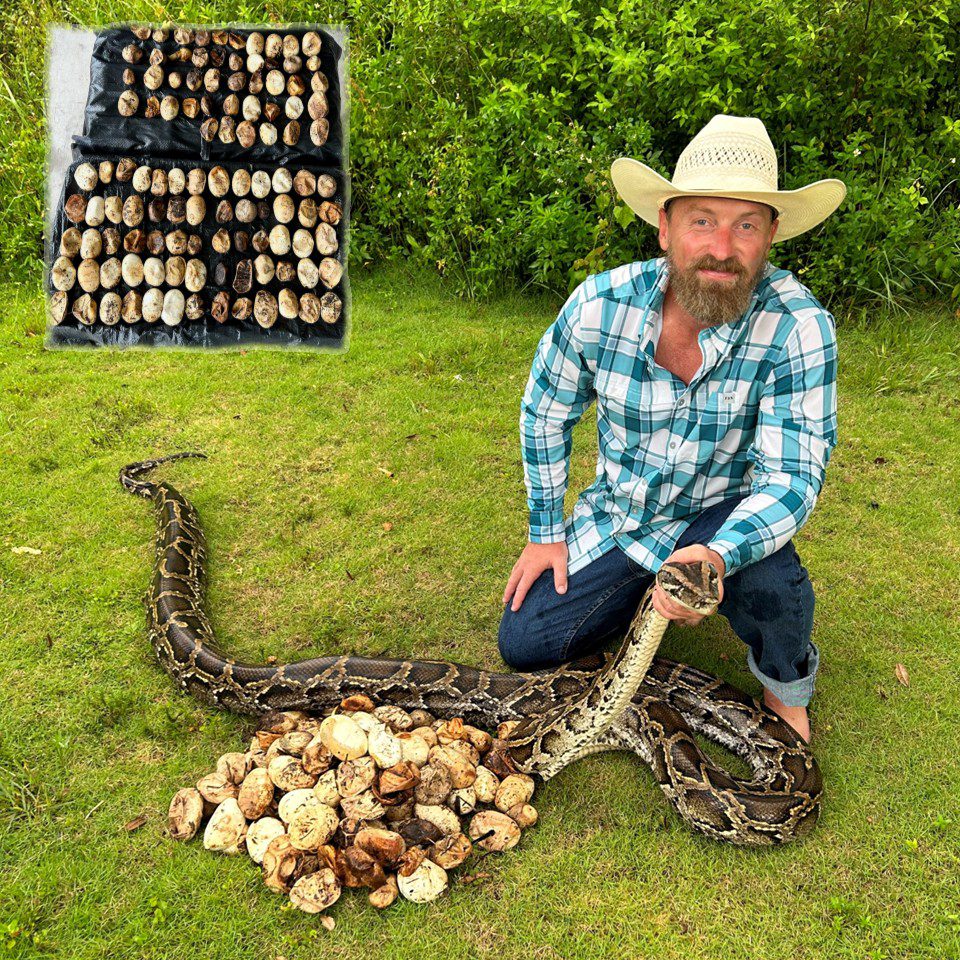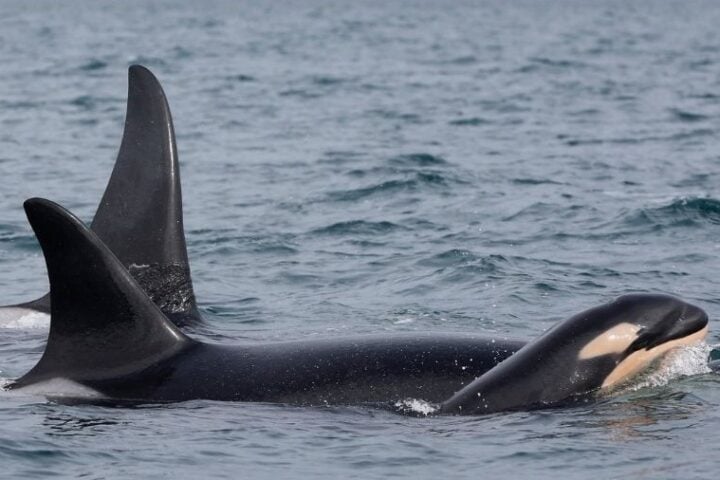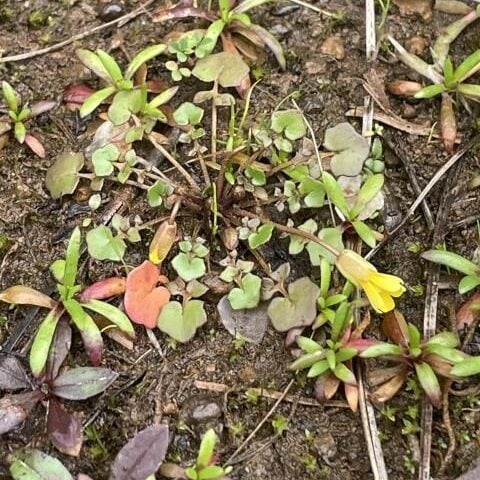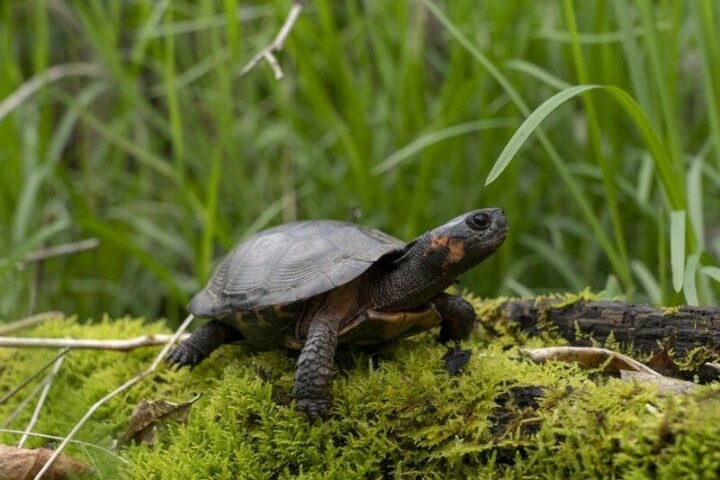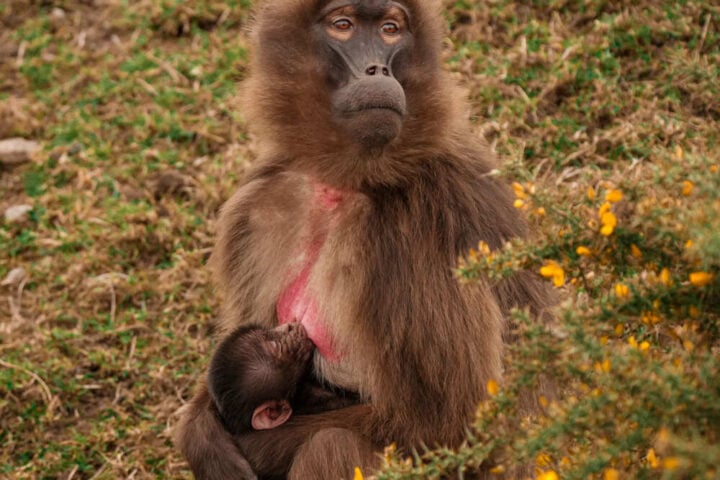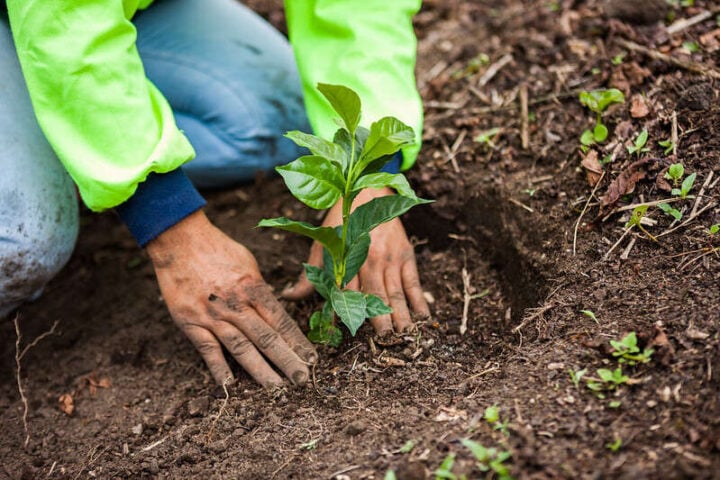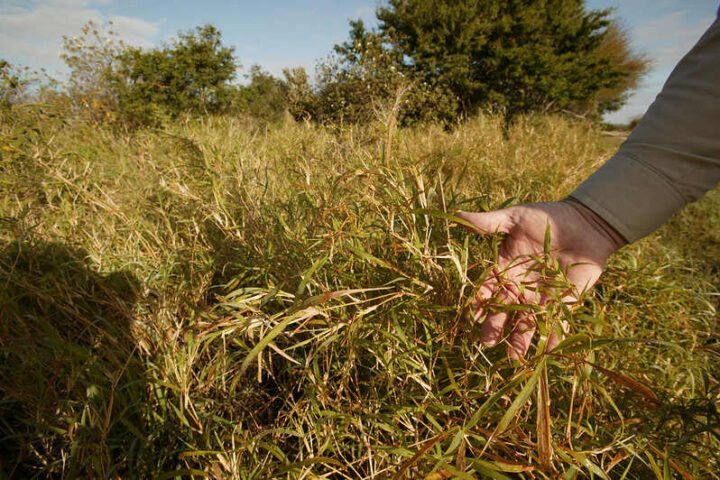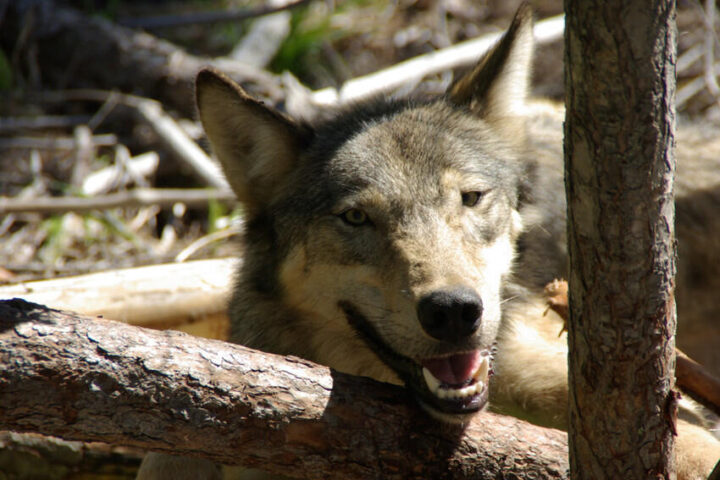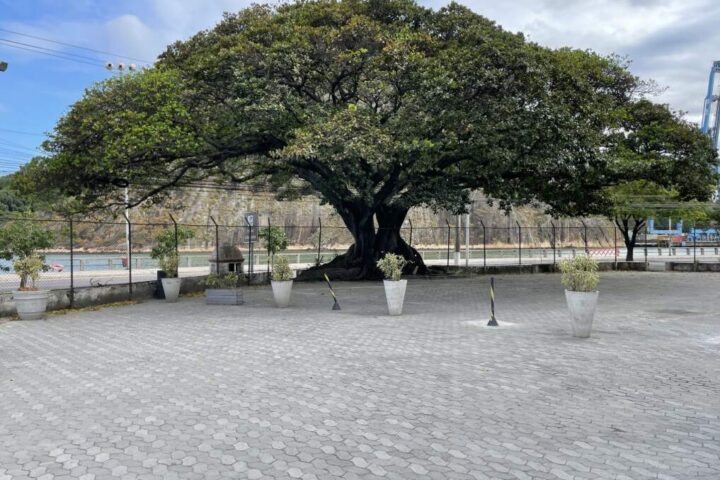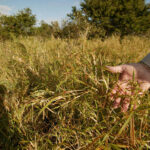Florida’s efforts to protect its unique biodiversity scored a significant victory recently as the Florida Fish & Wildlife Conservation Commission’s Python Action Team discovered the state’s largest python nest in history. An enormous Burmese python was found with a coastal nest of 111 eggs in the Everglades & Francis S. Taylor Wildlife Management Area. The Burmese python is a destructive alien invader that poses a severe threat to Florida’s ecosystem. Despite the state’s rich roster of native reptiles, these voracious predators, native to India, lower China, the Malay Peninsula, and the East Indies, disrupt the local ecosystem with their insatiable hunger for native species. The recent discovery underscores the growing problem of biodiversity loss due to invasive species.
The female python, measuring a remarkable 13 feet 9 inches, was found as she was laying her clutch of eggs. Both she and her brood were safely removed, marking a vital step in the protection of Florida’s native wildlife. These invasive predators are infamous for their impact on the ecosystem, preying on native birds, mammals, and reptiles, upsetting the region’s natural balance.
The capture of this python and her eggs from the site represents a significant reduction in the risk posed to Florida’s indigenous wildlife. The encounter’s shocking nature illuminates the substantial threat these invasive species pose to the fragile ecosystem, given the sheer size of the female python and potential volume of her offspring. The removal of the python not only demonstrates the severity of the invasive threat but also highlights Florida’s ongoing conservation efforts to preserve native habitats in the Everglades. Despite being an unwelcome interloper among Florida’s diverse snake population, Burmese pythons have found a foothold in Florida, spotlighting the state’s ongoing battle with invasive species.
The discovery further underscores the need to mitigate the impact of invasive species like the Burmese python on Florida’s unique ecosystems. It serves as a stark reminder of the continuous fight Florida faces to protect and preserve its native wildlife. The unearthing of this colossal nest also emphasizes the pressing importance of the Python Action Team’s work, indicating a worrying rise in the invasion of these exotic predators. The captured python and her extensive brood’s removal is an essential victory in combating invasive species, as the Burmese python’s offspring could have become a large and destructive force within Florida’s ecosystem. The sheer size of the python and the volume of her eggs demonstrate the potential exponential growth of this invasive species if left unchecked.
While the Everglades ecosystem may breathe a brief sigh of relief with this python’s capture and removal, the fight against invasive species remains ongoing. Florida’s proactive approach towards tackling the Burmese python invasion highlights the state’s commitment to preserving its native wildlife and ecosystems. The Burmese python’s invasive journey from the East Indies to Florida paints a vivid picture of the ease with which global species can invade and destabilize local ecosystems. Therefore, vigilance and swift action are crucial in combating the threat of invasive species, particularly in ecologically rich areas like Florida.
Similar Post
This landmark discovery presents scientists with an opportunity to study the species further, better understand its invasive patterns, and develop more effective control strategies. Despite being home to a vibrant array of native reptiles, Florida continues to grapple with unwelcome intruders like the Burmese python. This record-breaking find serves as a testament to the critical work conducted by the Python Action Team and its ongoing efforts to conserve Florida’s precious wildlife. Florida’s commitment extends beyond capturing invasive species, it involves humane dispatching of these creatures and their offspring, highlighting the state’s dedication to preserving its ecosystems.
